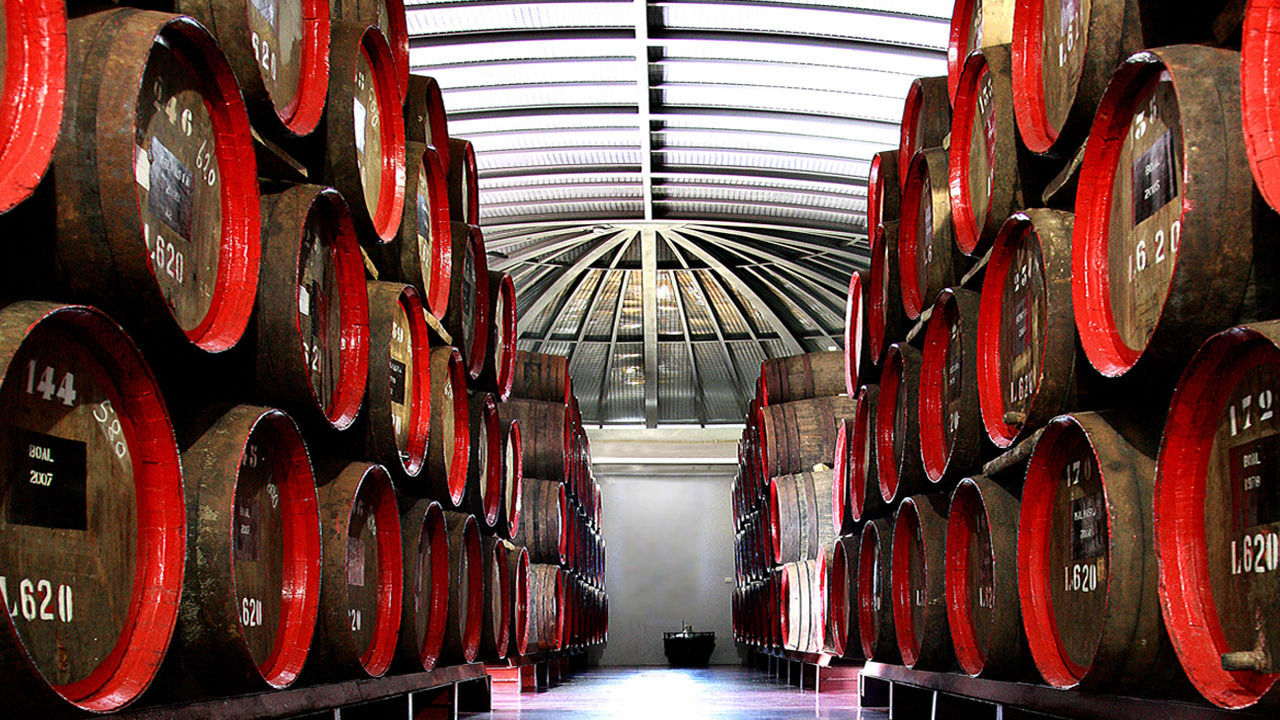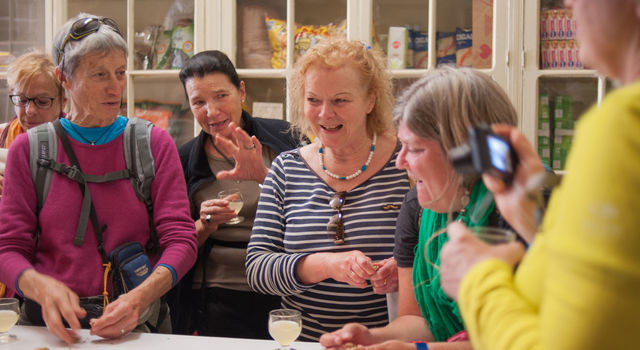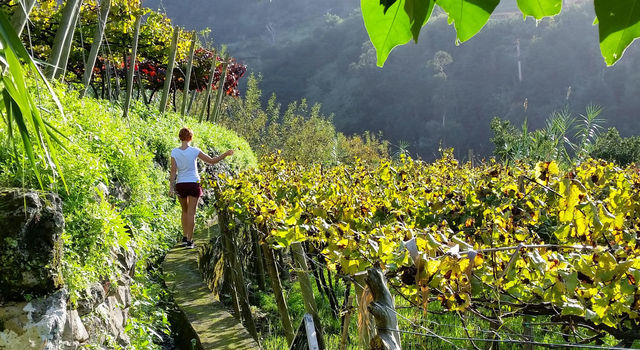Evolving techniques Fortification and Estufagem
The 18th century was very important for the history of Madeira Wine because, apart from the Methuen Agreement with Britain in 1703 (which lightened the taxes on the trade of English textiles and Portuguese wines), it introduced two technical developments which were vital to the ageing process and the improvement of the character of the wine produced on the island. Merchants had already noticed and acted on the fact that heat enhanced the quality of the wine and often resorted to back-loading: shipping the wine to the tropics and back again, thus producing ‘vinho da roda’ or ‘round trip wine’. Wines were kept on board, sometimes for years, and the product was a very sought after mellow Old Madeira.
Another technique which stabilised the wine was copied from Spanish Sherries and the continental Port Wine: fortification – which involves the addition of brandy to stop the fermentation process. Initially it was something of a trade secret and the stronger spirit was only added when the wine was shipped to guarantee the wine arrived in good conditions at its destination. Nowadays, the spirit used to stop fermentation is a regulated 96% natural wine spirit which is added to the wine when it has reached the desired degree of fermentation before the ageing process is to begin.
Apart from the round trip technique, there were many other ways of heating the wine on the island, from shelves next to sunny windows to provide bottles with plenty of sunshine, to warehouses with a glass roof where the casks would boil in the warmth, and even submerging the bottles in horse dung for a few months, all to emulate the heat of the sea voyages that boosted the character of the ‘vinho da roda’.
Estufagem only came into play much later, and the first recorded ‘estufa’ belonged to Pantaleão Fernandes in 1794. This process involved artificially heating the wine both day and night for a few months to emulate the round trip to the tropics, thus accelerating the ageing process and saving a lot of time and expenditure. It took some time and a lot of burnt wine before the technique was perfected so that, according to John Leacock in 1800: “…the new Wine with three months Estufa imitates Wine of 4 & 5 years old….”.
These techniques were all important because merchants had to provide for the great demand for Old Madeira Wine in America and increasingly in England. Madeira Island was in the path of great trade routes and part of the triangular trade which involved Madeira, the New World and Britain. At the end of the 18th century Old Madeira was very fashionable in England, partly because of the return of English nationals after the American independence and due to how difficult it was to trade with France after the Revolution in 1789. The proof of the status that Old Madeira wine had gained in Britain is the fact that the London auctioneers, Christie’s, began selling these fine old wines in 1776.
Wine Tour Review
"Plenty of stops and generous amounts of food to try - don't have breakfast! Highly recommended."
JustJane1961 “Excellent way to discover the real Madeira”, 31st December 2015 - 5 star rating: Highly Recommended 





